Taking the step to file for bankruptcy is a big one for many people. Before you file the petition for bankruptcy protection, you need to understand a few of the limitations you will face, as well as the scope of protections. You might be surprised at some of these points.
One thing to remember is that the bankruptcy only applies to the parties that file for protection. If you and your spouse are the sole account owners and file together, both of you will have the protection if the petition is successful. If you have an account with someone else and he or she isn’t filing for bankruptcy, the debt can be discharged for you but not for the other person.
Another thing to know is that a bankruptcy isn’t going to discharge all of your debts. Some accounts, such as a mortgage, isn’t discharged in the bankruptcy. Instead, you can work out terms with your lender to be able to keep your home, but you will still be required to make payments on the mortgage.
You should also know that creditors won’t be able to contact you to collect debts that are included in the bankruptcy. The automatic stay is something that happens automatically with the filing so you can count on being able to live in peace at least when it comes to collection attempts.
There is a chance that you won’t be able to keep all of your personal property. Some property is exempted from the bankruptcy proceedings. Anything that isn’t exempted might be claimed by the bankruptcy trustee. These assets would be liquidated to help pay off some of your debts.
Source: The Balance, “What Are the Consequences of Bankruptcy?,” David Haynes, accessed Jan. 23, 2018

